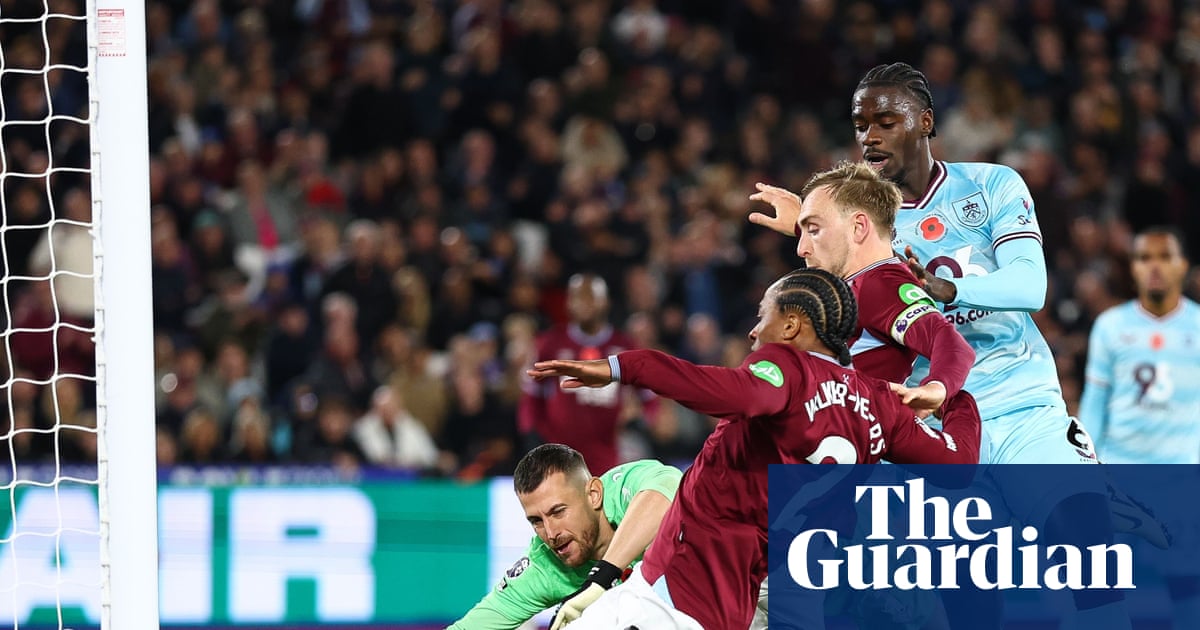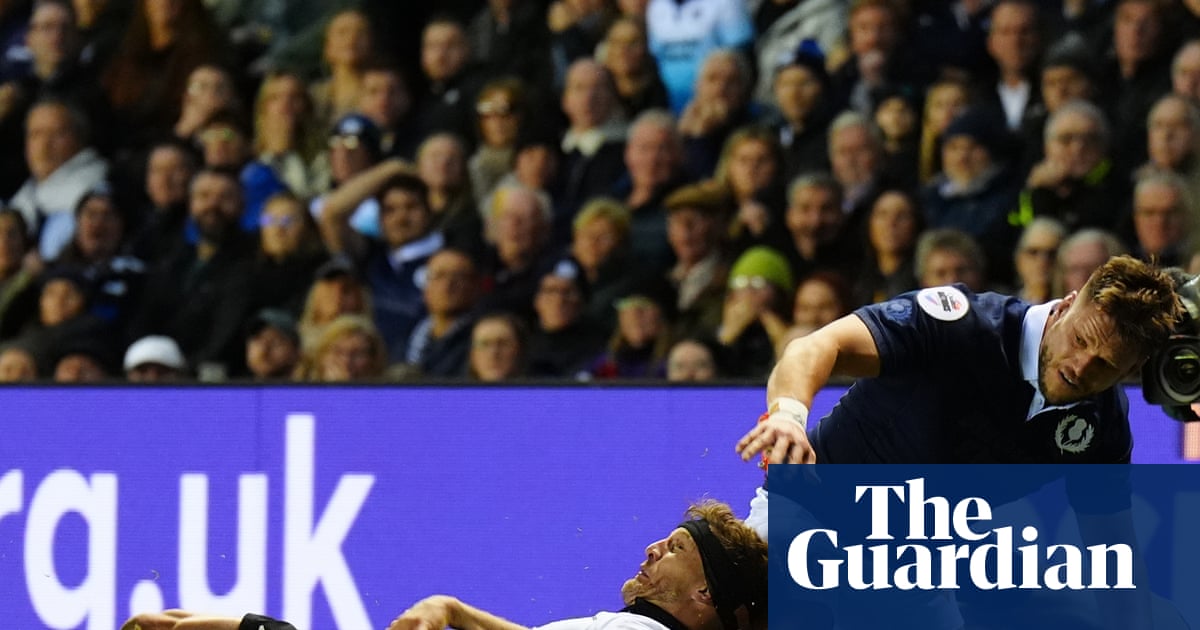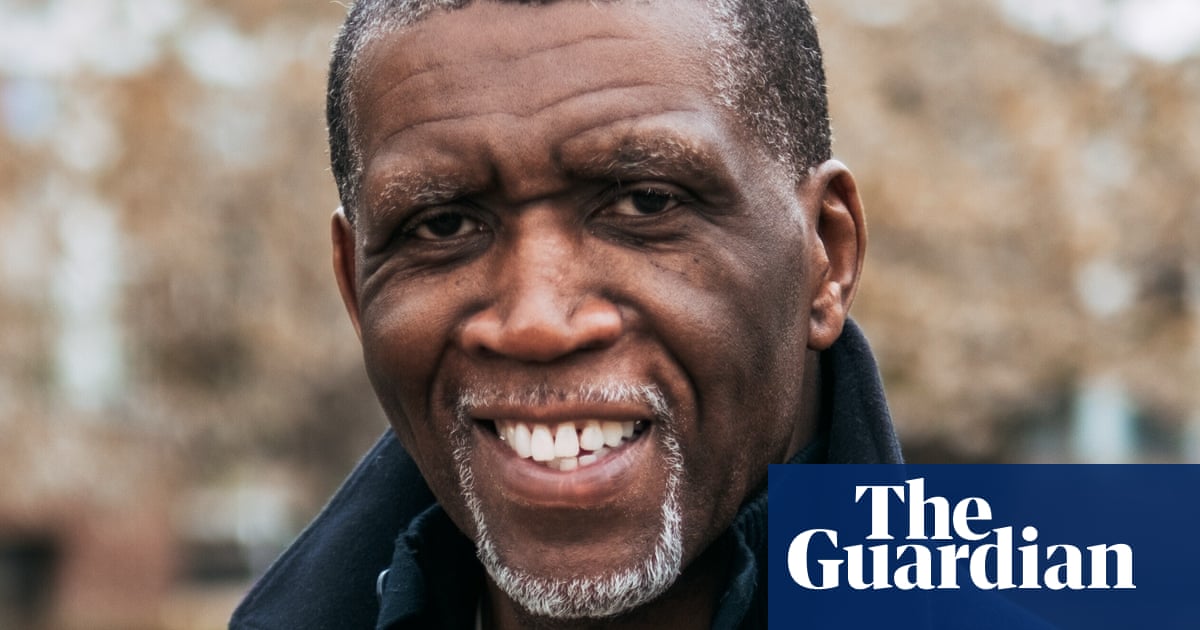Umbrellas, I don’t like them. Don’t get on with them, never have. When my aunt in Zagreb was absorbed in some crime drama on the television, she would say it was “as tense as an umbrella”. The English translation doesn’t work, but if I may turn it around, I would like to explain why umbrellas make me tense.
There are so many reasons. If I need an umbrella, I rarely have one. If I do have one, I then leave it somewhere. If it’s windy, that humiliating inside-out thing might happen. All in all, it is very much not worth the bother. My hairdo isn’t changed by rain anyway. Yet so many people don’t seem to leave home without an umbrella, and they are only one raindrop away from calling on it. I marvel at this level of organisation, even envy it, but there should be a law against putting up a brolly if significant rain isn’t coming down.
Late for a hospital appointment last week, I was hurrying along a city street when I felt the merest sprinkle of rain tickle my cheek. In an instant, the umbrella ultras sprang into action. It was as if this was the moment for which they had been waiting, yearning. Their internal rainometers, being set to ultrasensitive, were triggered. And with astonishing speed and economy of movement, umbrellas were retrieved and unfurled. Their reaction times were something to behold. They were like sprinters hearing the B in bang, or Clint Eastwood in one of those spaghetti westerns – so quick on the draw that the journey of the brolly from handbag to hand to unfurling is barely observable to the naked eye. “Unfurl” isn’t quite the right word, implying as it does a more leisurely movement. This is more like a snapping open, as violent as the snapping shut of a Venus flytrap.
One moment there are no umbrellas, then there are dozens. I would say a third of pedestrians on this particular street, on the approach to Guy’s hospital in London, were now brollied up. This changed everything. I gave in to despair. I was already late, and this was going to hold me up still further. We were now split into two groups: the brolly-holders and the brolly-dodgers. The former move faster than the latter. Shielded from rain and harm by their lethal weapons they can hold a straight line, armed with this contraption featuring at least eight metal ribs, the tips of which can cause untold harm to those they prod. The potential for ripping, tearing and the poking out of eyes is very real. I’m 6ft 1in tall and, I now realise, particularly vulnerable to eye injury. I’ve just measured my neighbour, Dawn, who comes in at 5ft 4in – roughly the average height of a British woman. I gave her a standard eight-rib weapon to hold and, sure enough, the tips are precisely at my eye-height.
Out there, on the pavement, in brolly-battle conditions, you have a choice: pull in behind a brolly-holder and work their slipstream, proceeding at a pace dictated by them. Or, if you are brave, foolish or late enough, the brolly-dodging must commence. There are two key manoeuvres, both tricky. Overtaking a slow-mover ought to be easier than dealing with oncoming traffic, but often they don’t know you are there, so could catch you inadvertently. Those striding towards you will see you coming but they will generally hold their line anyway, as they are armed and you’re not. On occasion you will be swaying to avoid a sudden deviation from someone you are overtaking, and momentarily lose sight of an oncomer hard upon you. At this point you need to be able to duck and weave like Muhammad Ali in his prime. To develop your technique I would also recommend watching YouTube videos of legendary rugby centres such as Brian O’Driscoll, Sonny Bill Williams or Ma’a Nonu dancing their way through defensive lines. Yes, it is this kind of fleetness of foot you need to develop if you wish to move at speed in even a light drizzle on a busy British pavement.

.png) 3 months ago
44
3 months ago
44

















































